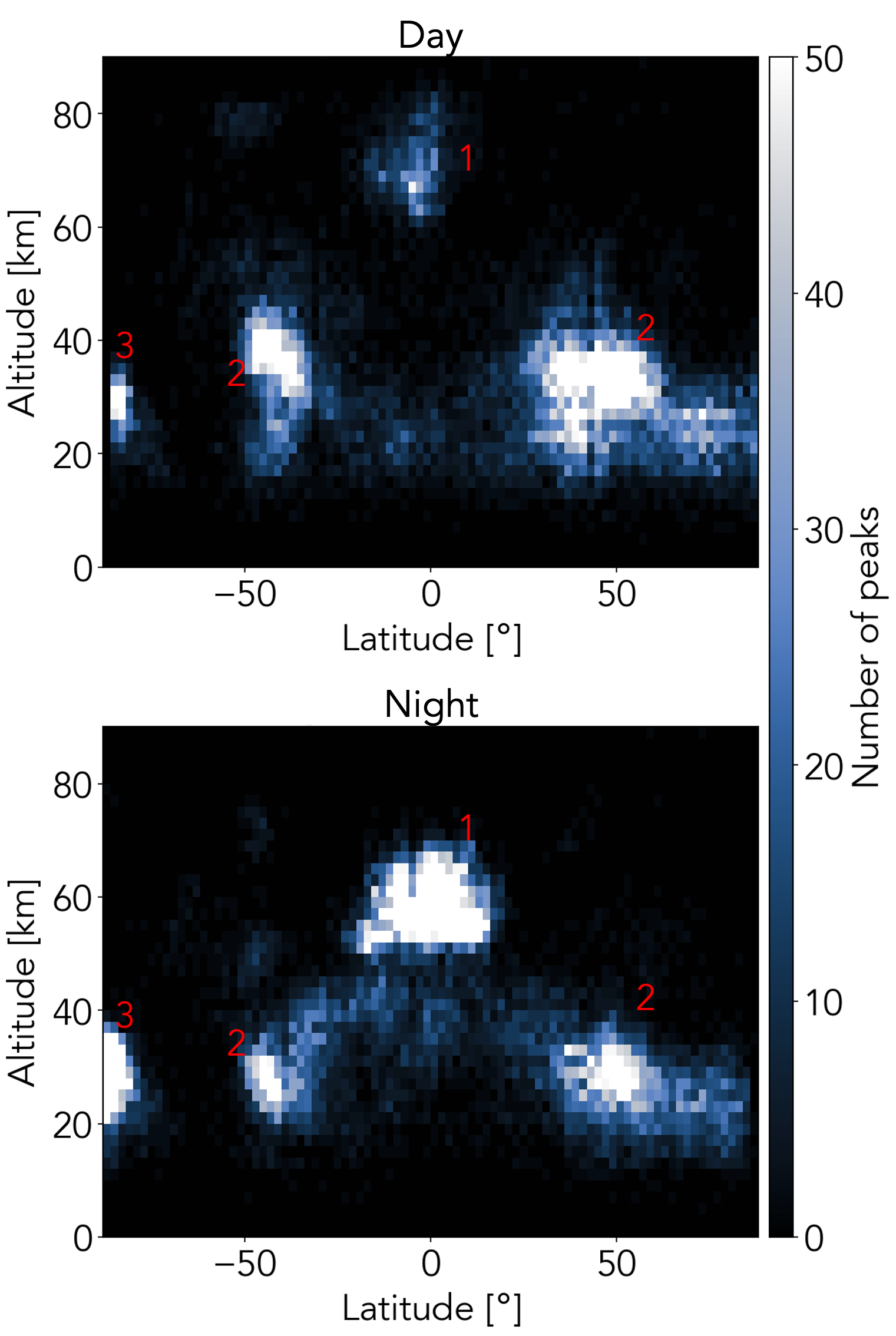Delta Air Lines selects Hughes in-flight connectivity – SatNews
Original Publication Date: 2023-11-03 00:00

Delta Air Lines has selected the Hughes In-Flight connectivity solution to power passenger Wi-Fi service on more than 400 Boeing 717 and regional jets serving North America. The program is already underway and on schedule with initial installations expected to begin in mid-2024. The solution is forward-compatible with the Hughes JUPITER 3 ultra-high-density satellite, the largest commercial communications satellite ever built.
Maersk Supply Service selects Inmarsat’s Fleet Data IoT platform to enhance performance of battery optimized vessel – SatNews
Original Publication Date: 2023-11-02 00:00

Inmarsat’s Fleet Data IoT platform has been selected for the Maersk Minder decarbonization project. An end-user API seamlessly gathers data from onboard equipment, automatically organizes it with time-stamps, synchronizes it, and uploads it to the customer’s visualization tools.
Hydrosat awards contract to Muon Space – SatNews
Original Publication Date: 2023-11-02 00:00

Hydrosat has partnered with Muon Space and has been awarded a contract for its first Constellation-as-a-Service (CaaS) spacecraft. This partnership marks an advancement of Hydrosat’s plans to deploy a constellation of LEO smallsats that provide critical data for improving agricultural water use efficiency.
Mining asteroids will benefit the space economy – but not on Earth [Opinion] – SatNews
Original Publication Date: 2023-11-02 00:00

Space-based mining has long been viewed as one of the most profitable aspects of the NewSpace Economy. NASA’s recent missions to understand the make-up of near-earth asteroids has given us some insight into the costs of space-based mining. What is clear to us is for the foreseeable future is that space-mining, with the intent of returning minerals to Earth, will not be a profitable venture.
New Patterns in Mars’s Clouds Revealed by Volunteers

The structure of the clouds follows the pattern of ‘thermal tides’ in the atmosphere. Where temperatures are lower than average, clouds are more common. The cloud populations include high-altitude CO2-ice clouds, clouds that form near the poles, and dusty-season water-ice clouds.
